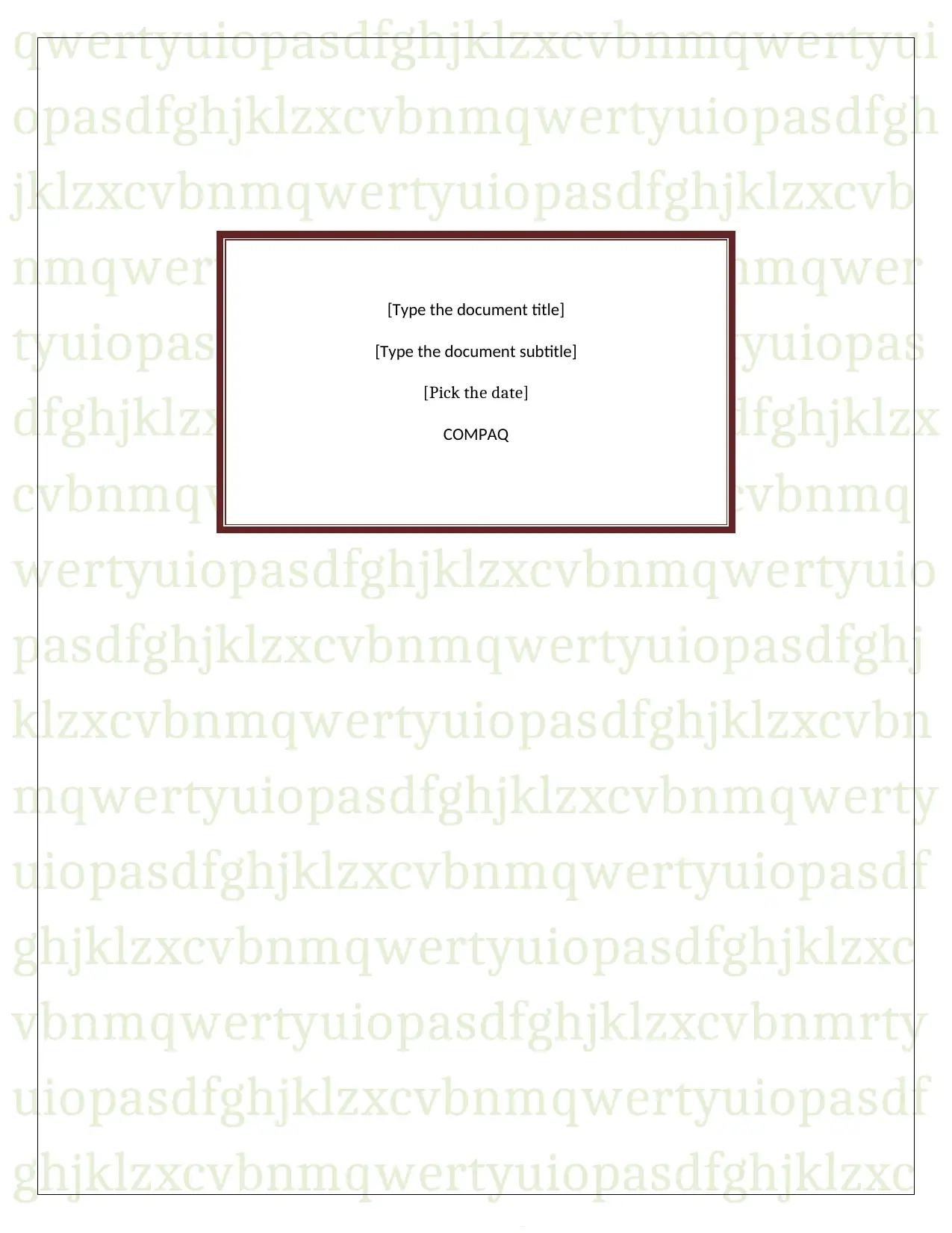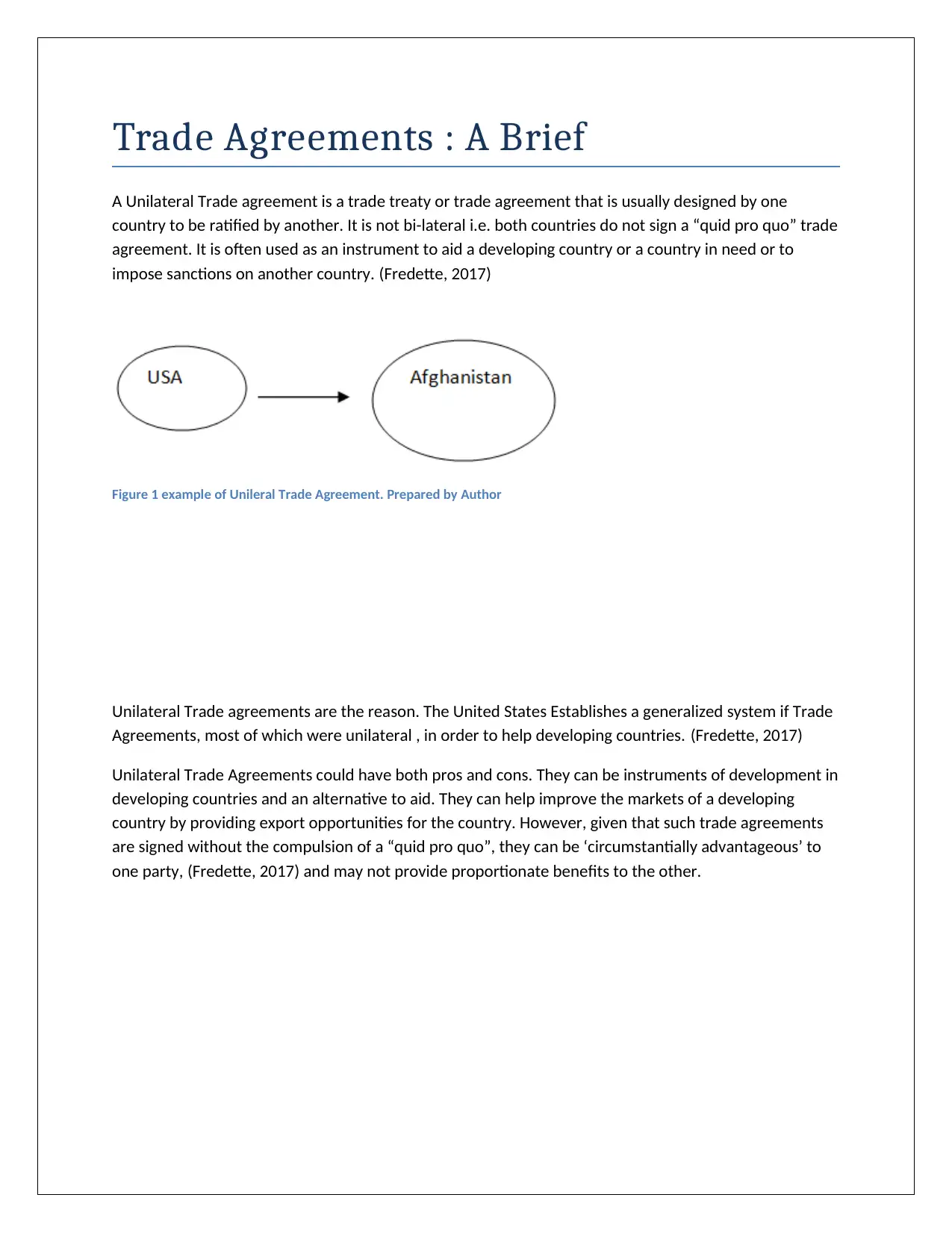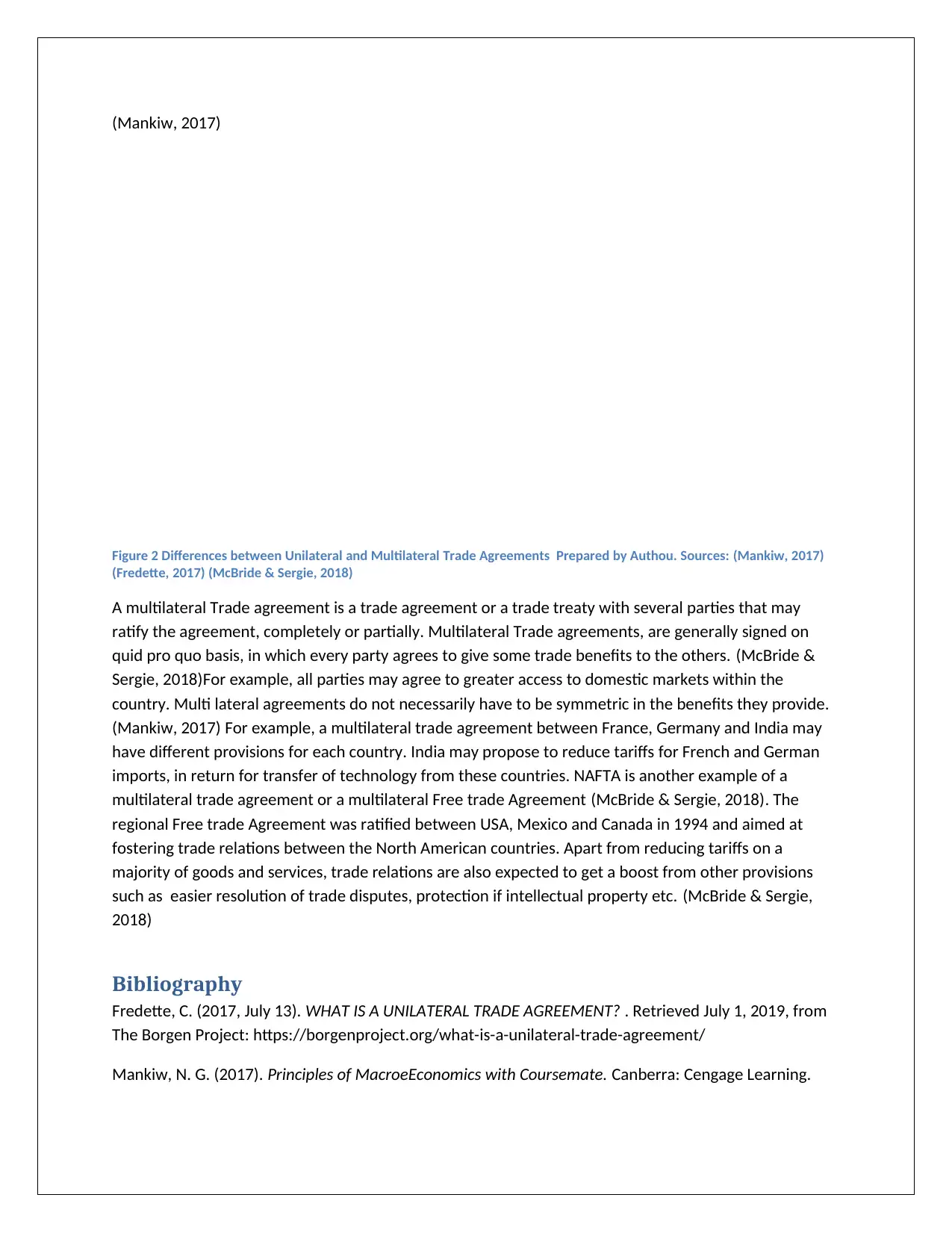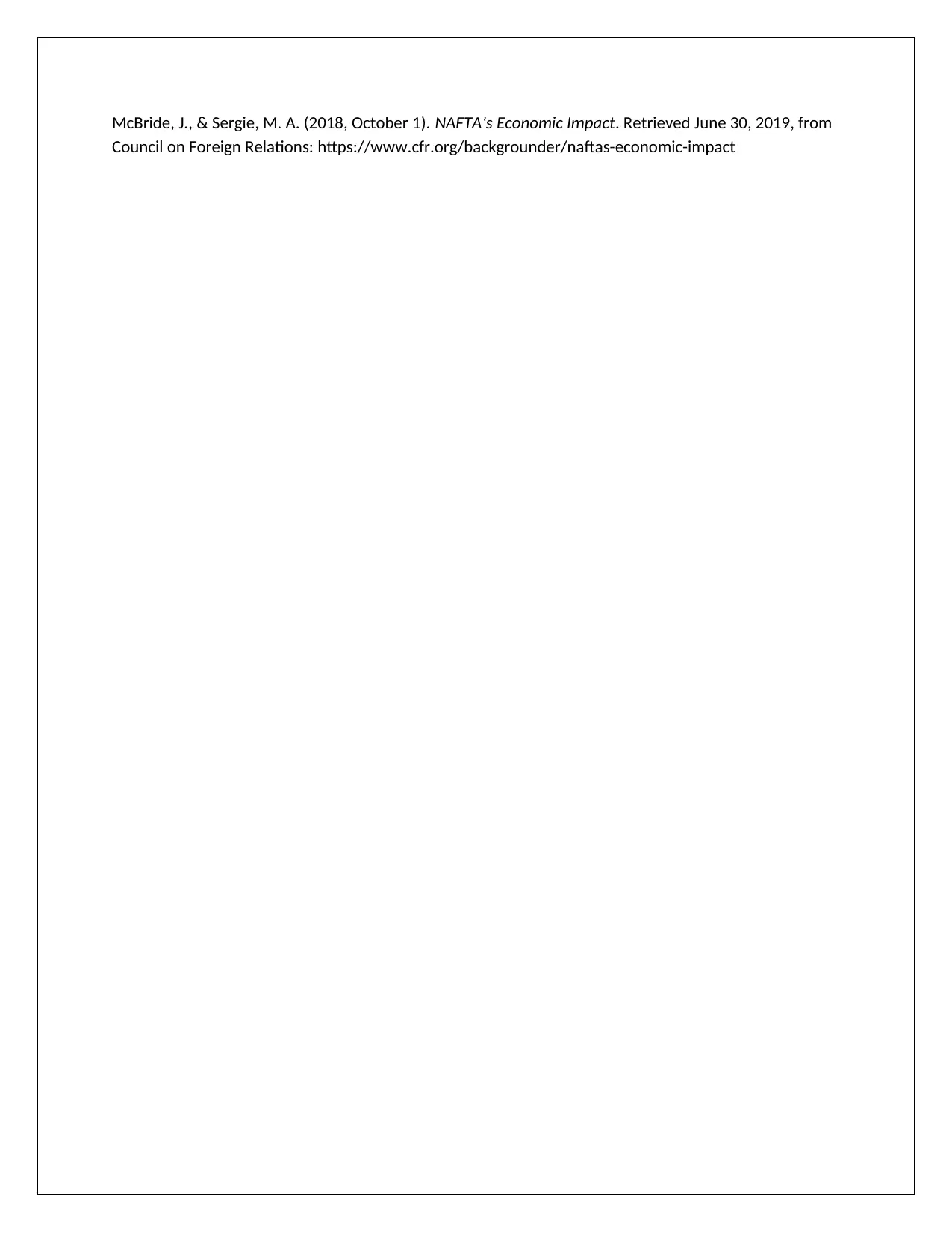Comparative Analysis of Unilateral and Multilateral Trade Agreements
VerifiedAdded on 2022/11/27
|4
|596
|29
Case Study
AI Summary
This case study examines two approaches to achieving free trade: unilateral and multilateral trade agreements. It defines unilateral agreements as those implemented by a single country, often used to aid developing nations or impose sanctions, and highlights their potential for unequal benefits. The study then contrasts this with multilateral agreements, which involve multiple parties negotiating mutual trade benefits, like reduced tariffs and improved market access, as exemplified by NAFTA and the General Agreement on Tariffs and Trade (GATT). The analysis emphasizes the importance of understanding the context, benefits, and potential drawbacks of each type of trade agreement in shaping global economic relations.
1 out of 4





![[object Object]](/_next/static/media/star-bottom.7253800d.svg)